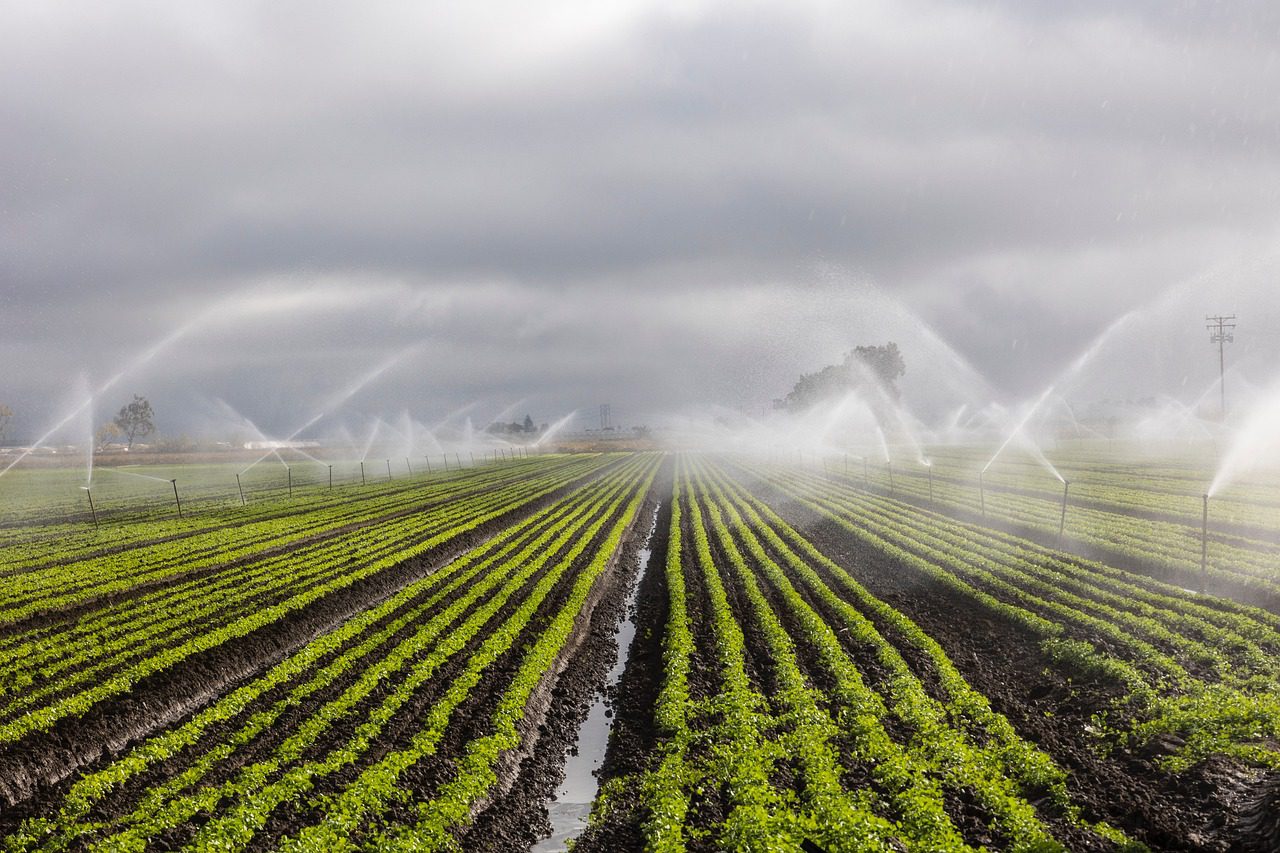- Over $6 billion in taxpayer funds were spent on drought-related crop insurance payments and irrigation subsidies for farmers in the Colorado River Basin between 2017 and 2023.
- The majority of these funds were allocated to crops used for livestock feed, such as alfalfa and hay.
- The Environmental Quality Incentives Program (EQIP) paid $521.7 million to install more efficient irrigation systems, but questions remain about its impact on overall water usage due to existing water rights policies.
- A recent study by the U.S. Geological Survey found that in the Upper Colorado River Basin, streamflow decreases 5% for every degree Fahrenheit temperature increase.
June 17, 2024 — In a report published June 5, The Environmental Working Group writes that USDA programs in the Colorado River Basin don’t help farmers tackle the climate crisis.
writes that USDA programs in the Colorado River Basin don’t help farmers tackle the climate crisis.
Between 2017 and 2023, farmers in the Colorado River Basin states received $5.6 billion in crop insurance indemnities for drought-related losses. Most of these payments were attributed to rainfall index policies, which compensate farmers when their local area receives less rain than the long-term average during the growing season.
California received the highest payments, $2.1 billion, followed by Colorado, with over $1 billion. Drought-related payments made up a larger share of total insurance payments in the Colorado River Basin states than the national average.
In Arizona, Tucson.com reports , “Shortages included a near-elimination of Central Arizona Project water deliveries to Pinal County farmers starting in 2022 under a drought contingency plan approved by Arizona and the other river basin states three years earlier. The plan was aimed at reducing river water use across the Lower Colorado River Basin, but it focused most heavily on cutting CAP water use. The Maricopa-Stanfield Irrigation District […] was getting 100,000 acre-feet a year of CAP water a few years ago [reduced to] 2,500 acre-feet of surface water through a water banking program with a water company.”
, “Shortages included a near-elimination of Central Arizona Project water deliveries to Pinal County farmers starting in 2022 under a drought contingency plan approved by Arizona and the other river basin states three years earlier. The plan was aimed at reducing river water use across the Lower Colorado River Basin, but it focused most heavily on cutting CAP water use. The Maricopa-Stanfield Irrigation District […] was getting 100,000 acre-feet a year of CAP water a few years ago [reduced to] 2,500 acre-feet of surface water through a water banking program with a water company.”
Irrigation Practices and Water Usage Concerns.
The Environmental Quality Incentives Program (EQIP) provided $521.7 million to farmers in the Colorado River Basin states to install more efficient irrigation systems. However, the effectiveness of this program in reducing water usage is debated due to “use it or lose it” policies that encourage farmers to utilize their entire water allotment.
Environmental Group Calls for Reform and Adaptation.
Farmers face increasing challenges as drought conditions continue to worsen in the Colorado River Basin. The Environmental Working Group highlights the need for reforms in federal farm programs to incentivize climate-resilient practices better and encourage farmers to adapt to the changing environment.
The Environmental Working Group suggests that EQIP funding should prioritize supporting farmers in transitioning to drought-tolerant crops and adopting conservation practices that enhance their resilience to drought. Additionally, crop insurance programs could be modified to encourage more sustainable farming practices.
suggests that EQIP funding should prioritize supporting farmers in transitioning to drought-tolerant crops and adopting conservation practices that enhance their resilience to drought. Additionally, crop insurance programs could be modified to encourage more sustainable farming practices.
Federal farm programs have provided significant financial support to farmers in the Colorado River Basin, but the Environmental Working Group’s research questions their effectiveness in addressing drought and promoting long-term sustainability.

